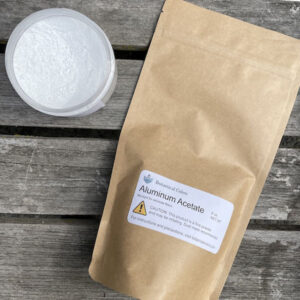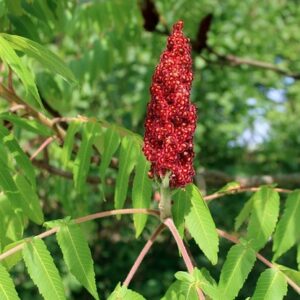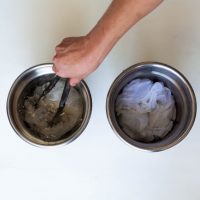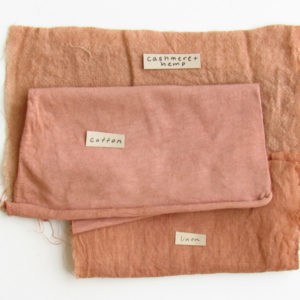MORDANT MONDAY: How To Recharge Mordants & Assists
We get mordant questions all the time at Botanical Colors so why not create Mordant Monday??? Got mordanting questions? Email [email protected] YOU ASKED: I have mind-bending questions about the mordants that can be refreshed like aluminum acetate, aluminum sulfate and aluminum triformate. Is it different with different mordants? And what happens with the assists like soda ash or cream of tartar, if I put them together with the mordant, do I also need to recharge it as well with 25/50%? KATHY ANSWERED: Typically aluminum sulfate, aluminum potassium sulfate and aluminum acetate are refreshed at 50% and aluminum triformate is refreshed at 10%. … Read more










